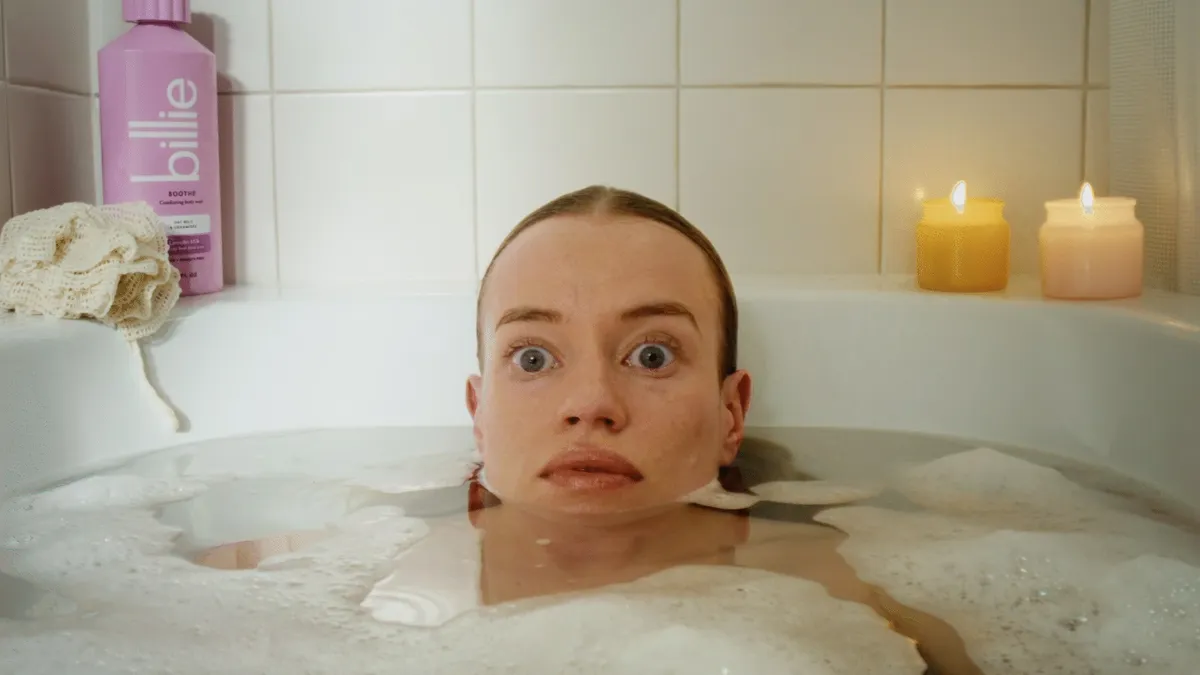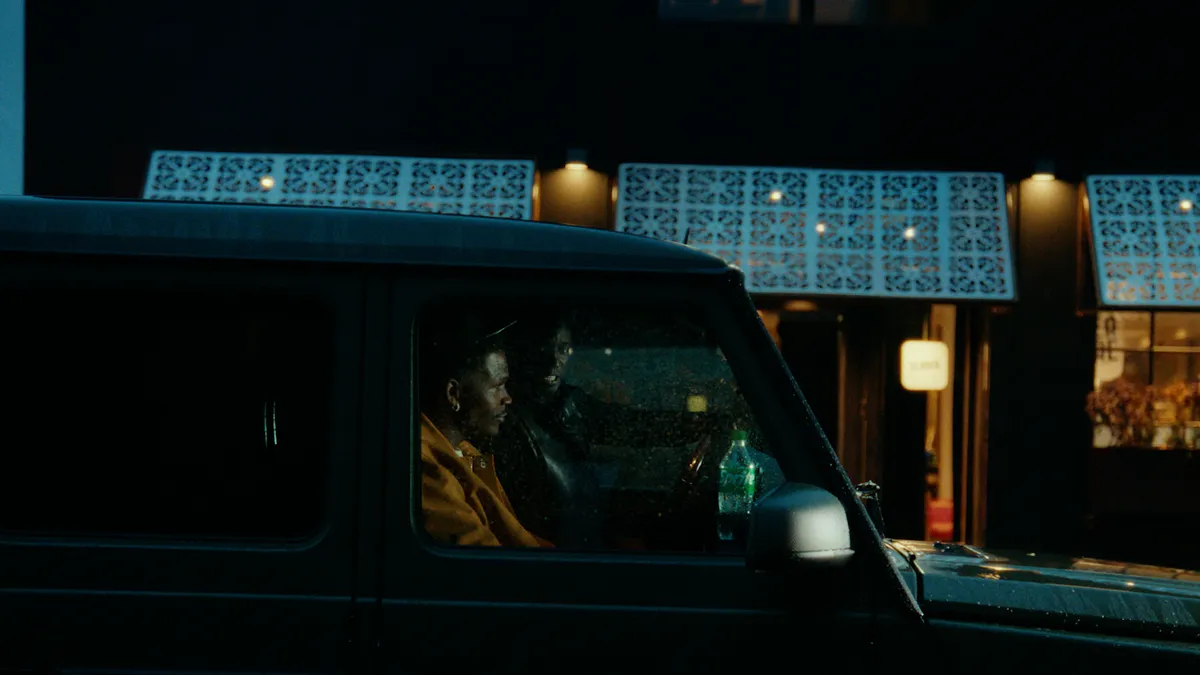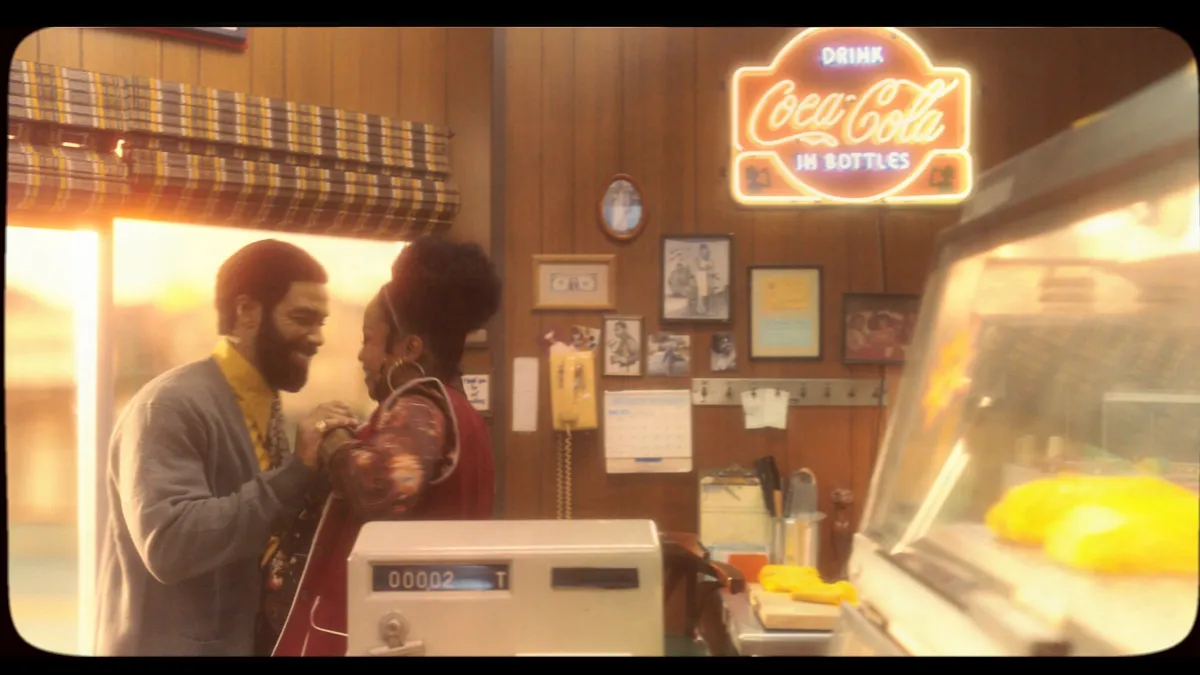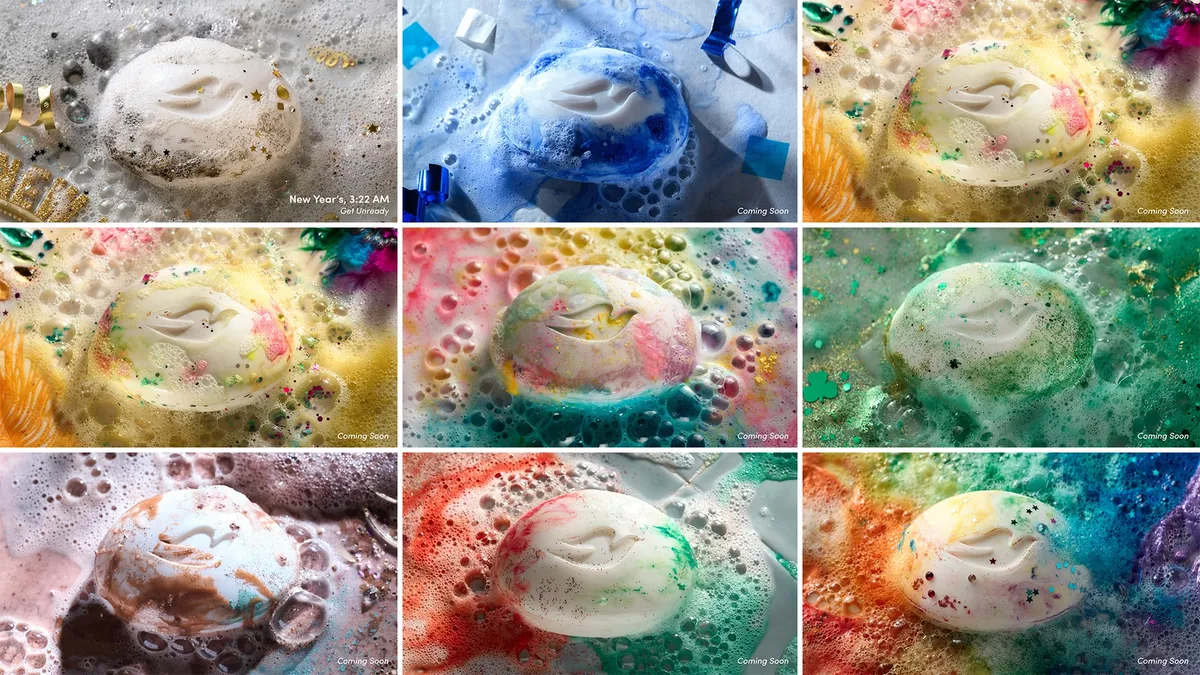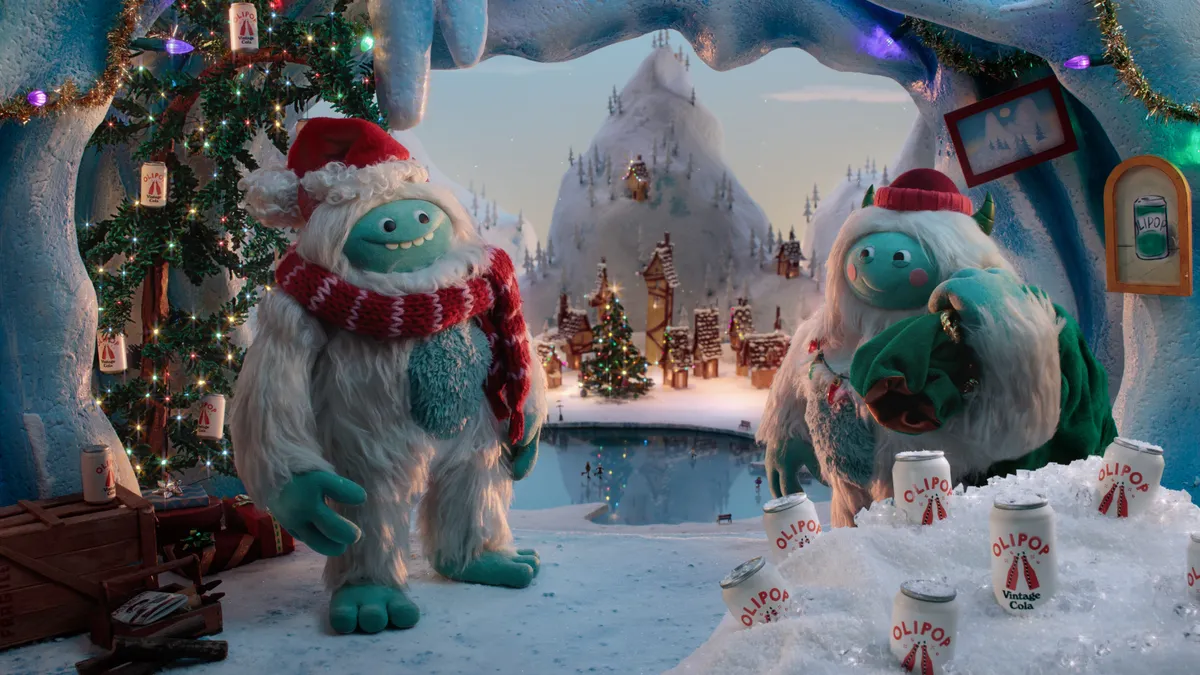Campaign Trail is our look at some of the best and worst new creative efforts from the marketing world. View past columns in the archives here.
Fall is finally in the air despite officially starting nearly a month ago, which means marketers across categories, including beer, QSR and, obviously, candy, are ramping up their efforts to catch consumer interest for the season. This week, our editors pick two campaigns that fizzle on that front, along with a brewer's storytelling effort that strives to achieve legendary status:
M&M's first Halloween commercial in a decade lacks bite
The rundown: M&M's this week unveiled its first big Halloween commercial in 11 years as part of a seasonal push that will run on TV, digital and in print through the holiday. Called "Ghosted," the 15-second spot depicts the Red and Yellow M&M spokescandies as they leave a Halloween party and express relief they got out alive — that is, before Yellow starts to take on ethereal qualities, and the camera cuts behind the pair to show a large bite has been taken out of the back of his head.
The Mars candy brand will run a six-second ad along similar creative lines online called "Eaten," and both the shorter and longer videos have Spanish versions targeted at Hispanic consumers, according to a news release. Also included in the campaign, which was created with agency BBDO New York, are Halloween-themed print ads.
The results: If M&M's was looking to make a splash with its return to Halloween advertising this year, "Ghosted" feels pretty tepid. Or, at least, it pales in comparison to the kind of content-focused effort the brand ran around the holiday last year, including through a choose-your-own adventure series on social media where followers could vote on what turns the story took next.
"Millie & Max: A Ghost Story" appeared to receive relatively low engagement at the time — probably why the brand adjusted course for 2018 — but it showed M&M's tapping into consumers' growing desire for more interactive storytelling in their marketing. The current campaign spins too far in the other direction toward the traditional, largely focused on a TV spot and print ads that might not make an impact. In terms of the creative, it lacks the memorable weirdness of M&M's Super Bowl campaign starring Danny DeVito from the winter.
Credit where it's due: M&M's is keeping Hispanic consumers in mind at a time when a huge chunk of marketers are missing the mark with the tech-savvy demographic. Maybe that will translate to more sales during the crucial Halloween window, as spending around the holiday is forecast by the National Retail Federation to reach $9 billion this year.
—Peter Adams
Carl's Jr. petitions to add 'condimeat' to the dictionary
The rundown: This week, Carl's Jr. cooked up a national campaign to celebrate the return of its Pastrami Thickburger. As part of the promotion, the fast-food chain is calling on meat lovers across the country to sign a Change.org petition to get the term "condimeat" added to the Merriam-Webster dictionary. The portmanteau recognizes the burger that's topped with smoked pastrami instead of typical condiments like ketchup and mustard, according to a press release.
Carl's Jr. aims to spread the word on social through the hashtag #condimeat — representing bacon, pork or any item in the meat family that can top a tantalizing burger — along with a GIF and short videos on Instagram. The chain also added the meaty term to Urban Dictionary and promoted the entry with a tweet: "How do you do, fellow kids?"
The results: Carl's Jr. meat-centric play follows closely on the heels of Kraft Heinz's Mayochup push in April, putting oddball condiments as the focus of several recent marketing efforts. The "condimeat" term likely won't find a place in an official dictionary any time soon, even though other foodie trends like zoodle, hangry and guac have made their way in.
Launching a petition on the platform Change.org is a creative way to drum up direct support for the dictionary push at a relatively low cost, aligning with Carl's Jr. CMO Jeff Jenkins' vision of encouraging "flavor guru" customers to have a little fun with their food.
As of press time, there were just 101 petition signatures — not necessarily setting the internet ablaze, though the brand is only fishing for 200. Positive comments like "I LOVE MEAT" and "There is nothing like a good burger with some condimeat," however, signal that the campaign is at least going over well with Carl's Jr. fans.
—Natalie Koltun
New Holland brews storytelling campaign across digital, experiential and social
The rundown: New Holland Brewing Co. launched "Share a Legend," a campaign for its Dragon's Milk stout beer that's a multichannel and open-ended storytelling project intended to celebrate tales shared by friends over a beer.
For the kickoff, the company partnered with Glynn Washington, host of public radio show and podcast "Snap Judgment," to emcee an open mic night of storytelling at the company's brewpub and distillery in Grand Rapids, Michigan, on Oct. 19. During the event, New Holland will reveal a new room at the brewpub called Table of Legends, which was designed to serve as an Instagrammable experiential space where people can gather and share their own legends.
For those not able to make it the brewpub, the company is encouraging fans to share their stories on social media with the hashtag #ShareALegend or to post them on the beer's new website, DragonsMilk.com. The effort will also include six videos telling the legends of real people who represent story archetypes like the poet or the warrior.
The results: There's a lot going on in this campaign, but the fizz is stronger in some aspects than others. Building the effort around storytelling is a potentially effective way to compile authentic user-generated content calling out the widely held idea that beer drinking and telling tales go together.
Adding another layer of authenticity is the campaign's use of half-illustrated imagery meant to convey the imagination and creativity behind legendary tales. Together, these elements are on-target for engaging millennials desiring authentic brand engagements.
However, extending the idea to legendary tales feels tacked on. The 17-year-old brand may be a "legend" in some circles, but many beer drinkers may not be aware of it. Enlisting Washington for a live event has the potential to drive excitement locally in Michigan, but with beer consumption down over the past five years, it's not clear whether the social media and experiential tie-ins are strong enough to generate awareness at a national level.
—Chantal Tode








